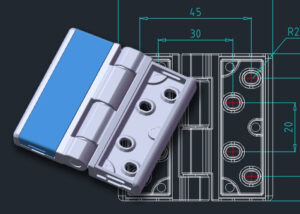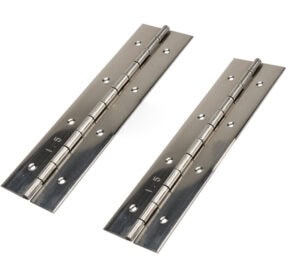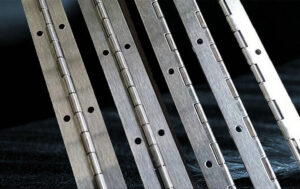Spring hinges are crucial to make sure doors close on their own after they’ve been opened. You find these hinges in residential, commercial and industrial applications. They’re cool because they’re functional and convenient. It’s important to know how many you need so you can make sure your door works right, is safe and doesn’t tear up your door or your hinges.
In this guide, we’ll talk about what influences the number of spring hinges you need, some guidelines about where to put them and how to adjust them.
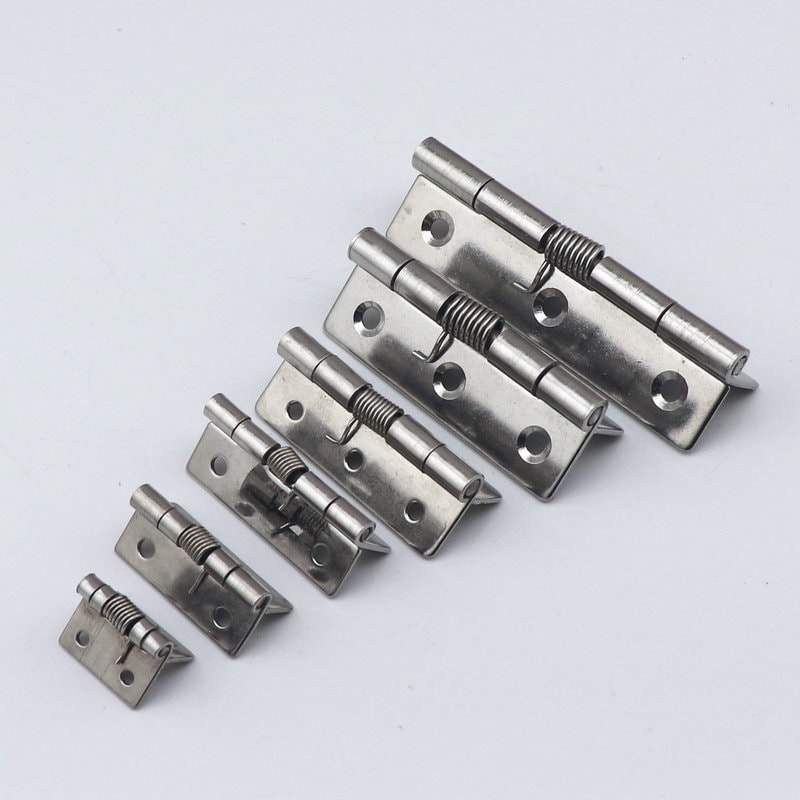
Factors Influencing the Number of Spring Hinges Required
Door Size and Weight
The size and weight of the door are key considerations when determining the number of spring hinges required. Heavier doors, such as those made of solid wood or metal, need additional hinges to support the weight and ensure the door closes properly. For lighter doors, like hollow-core or interior doors, fewer hinges may suffice.
Door Height
The height of the door is another important factor. Standard doors up to 7 feet in height typically require two to three spring hinges, while taller doors may need more. For doors taller than 7 feet, adding a third or fourth hinge helps distribute the weight more evenly and prevents strain on individual hinges.
Material of the Door
The material of the door also affects hinge requirements. Heavy materials, such as steel or hardwood, put more stress on hinges and often require additional support. Conversely, lightweight materials like fiberglass or hollow-core wood may only need two spring hinges.
Fire-Rated Doors
Fire-rated doors, commonly found in commercial and industrial settings, have specific requirements for the number and type of hinges. These doors often require three or more spring hinges to comply with fire safety regulations, such as those set by NFPA 80, which governs the installation of fire doors.
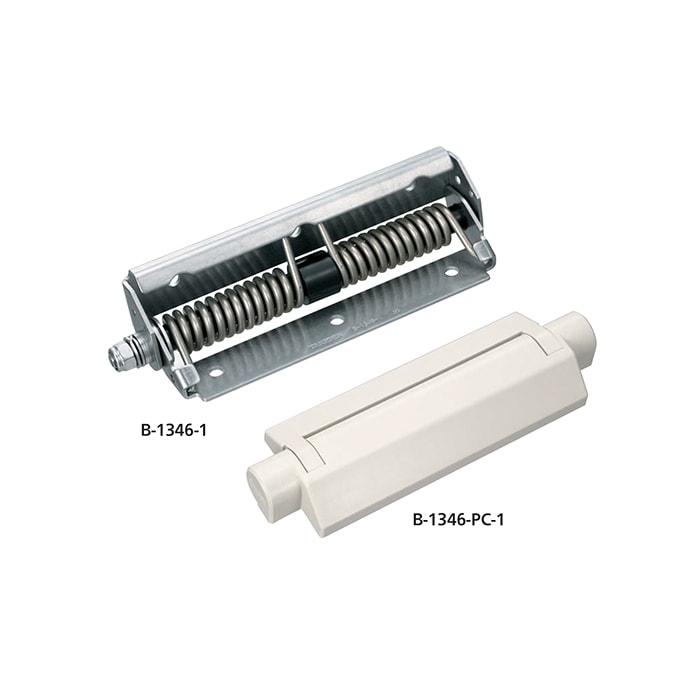
General Rule for Number of Hinges Based on Door Size
For standard doors (up to 7 feet tall), the general recommendation is two or three spring hinges.
- 2 Spring Hinges: Sufficient for most lightweight or interior doors.
- 3 Spring Hinges: Preferred for heavier or frequently used doors to ensure smooth operation and durability.
For doors over 7 feet tall, adding a third or even fourth hinge helps manage the additional height and weight, providing extra stability and preventing wear over time.
Self-Closing Functionality and the Role of Spring Hinges
Spring hinges are designed to ensure that doors close automatically after being opened. The key to their functionality lies in the proper adjustment of spring tension. The tension can be adjusted to control the speed and force with which the door closes, ensuring smooth and reliable performance.
Adjustment Tips
- Correct Tension: Always follow the manufacturer’s instructions when adjusting spring tension to avoid issues like slamming or incomplete closure.
- Regular Maintenance: Over time, the tension may need to be adjusted as the hinges experience wear and tear.
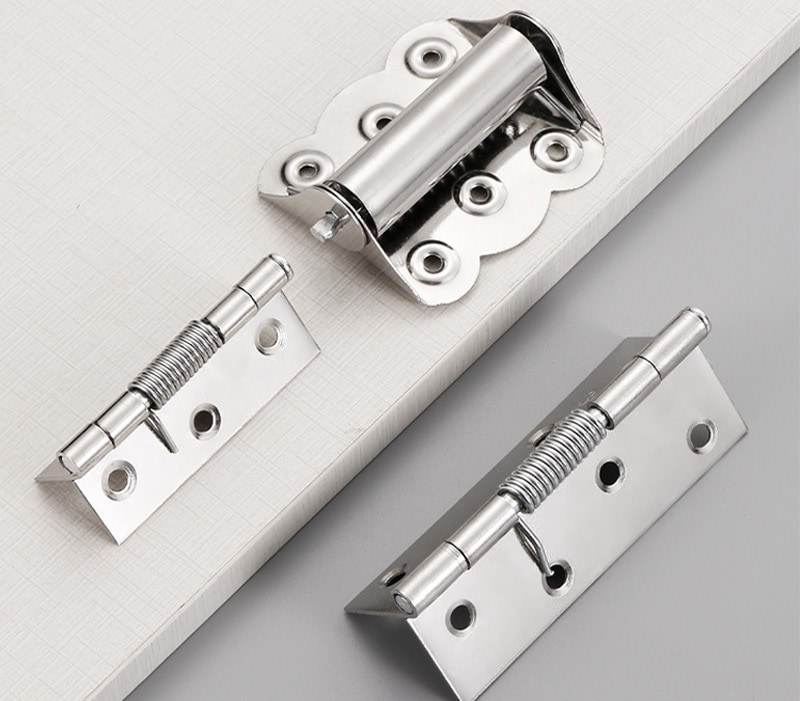
Why Doors Might Have More Than Two Hinges
Enhanced Durability
Adding extra hinges distributes the door’s weight more evenly across all the hinges. This reduces the load on individual hinges, prolonging their lifespan and helping the door maintain proper alignment over time.
Security
In high-traffic areas or security-sensitive environments, additional hinges provide added strength and make it harder for doors to sag or become misaligned, ensuring long-term stability.
Code and Compliance
In certain cases, such as fire-rated doors, additional hinges may be required to meet local building codes or safety regulations. This is especially common in commercial or industrial settings.
Spring Hinges vs. Door Closers
Advantages of Spring Hinges
Spring hinges are a simple, cost-effective solution for doors that need to close automatically. They are easy to install, require minimal maintenance, and take up less space compared to mechanical door closers.
Door Closer Alternatives
In some settings, such as high-traffic or heavy-duty environments, mechanical door closers may be preferred due to their consistent performance and adjustable settings. However, they are often more expensive and require more space than spring hinges.
How to Calculate the Number of Hinges
The general rule for determining the number of hinges is based on the height and weight of the door:
- One hinge per 30 inches of door height is the standard calculation.
For example, a door measuring 90 inches (7.5 feet) would typically require three hinges. However, if the door is unusually heavy or used frequently, additional hinges may be necessary to provide proper support.
Special Cases
Heavier or wider doors may require more than the standard number of hinges, even if the height does not mandate it. This ensures better load distribution and smoother operation, particularly for high-traffic doors or those in commercial environments.
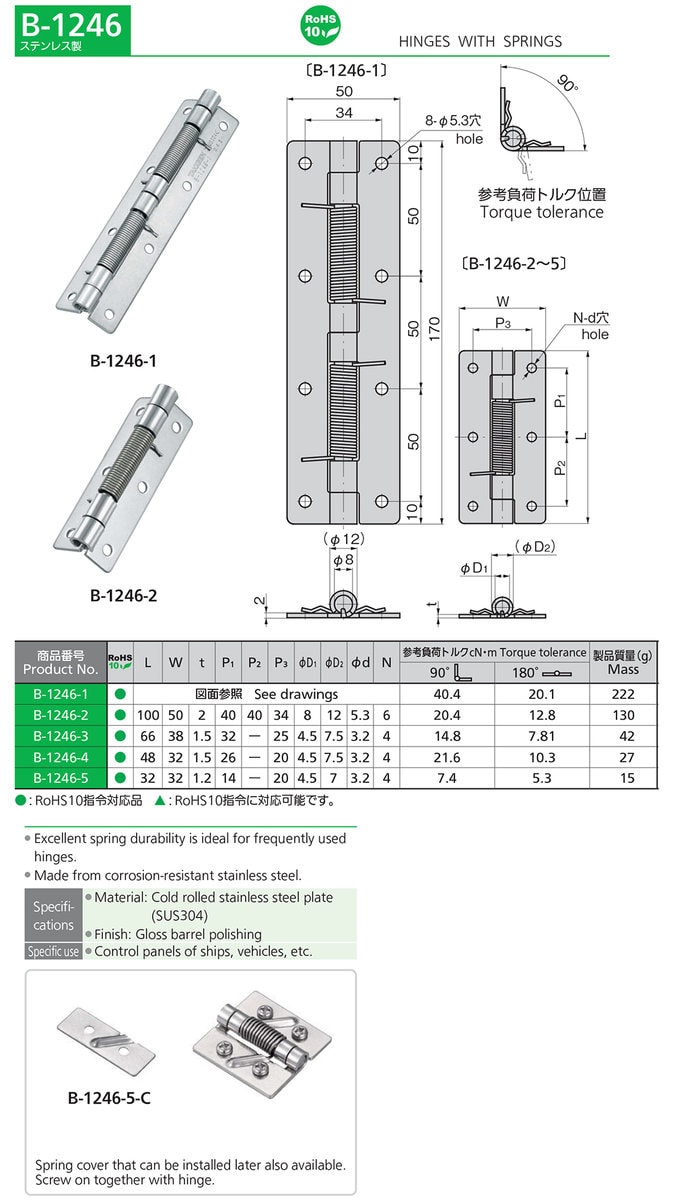
Common Mistakes to Avoid
Underestimating the Number of Hinges
Using too few hinges can cause the door to become misaligned, leading to issues with the door’s ability to close properly. This is especially problematic for heavier or larger doors.
Improper Hinge Adjustment
Overtightening or adjusting spring hinges incorrectly can cause operational problems, such as the door slamming shut too quickly or not closing fully. Proper adjustment ensures smooth, controlled closure every time.
How to Install and Adjust Spring Hinges Correctly
Installation Tips
When installing spring hinges, ensure they are evenly spaced along the door edge, typically one at the top, one in the middle, and one at the bottom for standard doors. This spacing ensures proper weight distribution and smooth operation.
Adjusting Spring Tension
Follow these steps for adjusting the spring tension:
- Use the tension pin provided with the hinge to adjust the spring.
- Test the door after each adjustment to ensure it closes smoothly without slamming.
- Make fine adjustments as needed to achieve the desired closing speed.
Conclusion
How many spring hinges you need for your door depends on things like the size of the door, the weight of the door, and the material the door is made out of. For most regular doors, you need two to three spring hinges. If you have a larger or heavier door, you may need more to make sure the door works right and lasts a long time. You have to put the hinges in right and adjust them so they work right and your door lasts a long time. Make sure you follow the hinge manufacturer’s recommendations and any applicable building codes.

